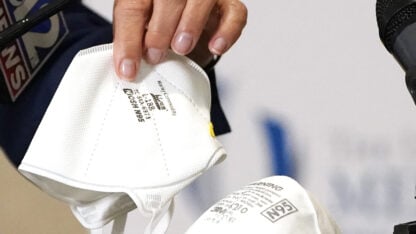Post-Surrealism Artwork By Salvador Dali Showcased At Oglethorpe Museum

Oglethorpe Museum of Arts is showcasing Salvador Dali’s two portfolios he created in the 1960s.
Salvador Dali, The Divine Comedy, Paradise
Salvador Dali is known as one of the most famous art figures in history. His works created during the Surrealist Movement has made him an icon.
Dali was fascinated with sexual neuroses, mortality, and avant-garde dreamscapes. He would often abstractly paint himself into a portrait as a way to show how ‘the man and art were inseparable.’ Even if you only know a little bit about Dali, you are probably most familiar with his portrait “Persistence of Memory,” also known as the “melting clock painting.”
In the 1950s he was invited to Italy by the government to commemorate the birth of Dante Alighieri, Italy’s most famous poet. Dali created a series of illustrations of Dante’s masterpieces called “The Divine Comedy.” Italian audiences didn’t receive the illustrations well due to it being painted by a Spaniard, rather than an Italian.
The project was dropped by the Italian government, but Dali along with French publisher Joseph Foret continued to pursue for its publication. It was finally picked up by French publisher Les Heures Claires in 1959 and completed four years later.
By the 1960s, Dali had renounced surrealism and became a born again Catholic. His personal life had completely changed and his artistic style had become more focused on the divine.
“[Dali] was initially taken to task by the Surrealist in 1934 and put on what’s essentially a ‘Surrealist trial’ and threatened expulsion. They did expel him in 1939 largely because he refused to take a side politically. He was apolitical, or at least he endeavored to be,” said Oglethorpe’s museum director Elizabeth Peterson.
His two portfolios from that time period, “The Divine Comedy” and “Stairway to Heaven” are now on exhibit at the Oglethorpe Museum of Art now through Aug. 31. City Lights’ host Lois Reitzes spoke with the museum’s director, Elizabeth Peterson about the exhibit.








